Podcast: Play in new window | Download (Duration: 29:59 — 20.7MB)
An Aviation Rulemaking Committee has released their recommendations for identification and tracking of unmanned aircraft, Airbus looks to incorporate some Formula 1 technology into their Zephyr High Altitude Pseudo-Satellite, a proposal is submitted to send a multirotor drone to one of Saturn’s moons, a drone quickly finds a missing man, and the FAA prohibits drone flights over certain facilities.
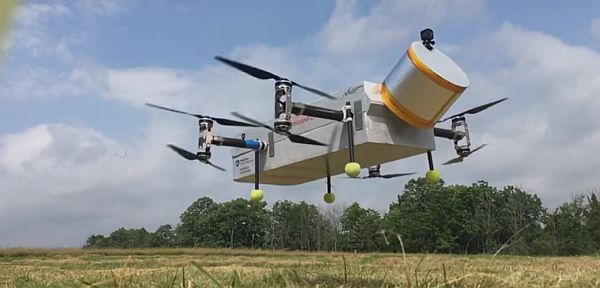
An autonomous half-scale Dragonfly test-bed vehicle built by the Penn State University Center of Excellence for Vertical Lift.
UAV News
FAA Releases UAS Remote Tracking & ID ARC Report
The Unmanned Aircraft Systems Identification and Tracking Aviation Rulemaking Committee (ARC) submitted its 213 page final report and recommendations: UAS Identification and Tracking (UAS ID) Aviation Rulemaking Committee (ARC), ARC Recommendations, Final Report. [PDF]
The FAA says, “Overall, the ARC provided the FAA with a substantial amount of useful data, including very detailed technology evaluations and a comprehensive list of law enforcement needs and preferences. The ARC’s recommendations and suggestions… cover issues related to existing and emerging technologies, law enforcement and security, and implementation of remote identification and tracking. Although some recommendations were not unanimous, the group reached general agreement on most.”
FAA Releases UAS Remote ID, Tracking Report; Groups Dissent
The ARC recommended that model aircraft operating under Section 336 of the FAA Modernization and Reform Act of 2012 be exempt from identification and tracking requirements. The dissenting opinion was that this recommendation would undermine the value of an ID and tracking requirement.
The dissenting opinion was led by the Commercial Drone Alliance and signed by the General Aviation Manufacturers Association, the Aerospace Industries Association, the National Agricultural Aviation Association, X, GE, uAvionix, Ford Motor Co., AirMap, and General Atomics. They “appreciate the extensive efforts of the ARC but strongly disagree on the critical point of who and what UAS should have to comply with ID and tracking requirements.”
The FAA will use the data and recommendations in the ARC report and produce a proposed rule for public comment.
Airbus seeks help from Formula One team to develop high altitude drone
The solar-powered Airbus Zephyr UAS is designed to fly at 65,000 feet, above weather and commercial air traffic. Acting as a “High Altitude Pseudo-Satellite (HAPS),” it is designed to fly without fuel for months in communications and surveillance roles. Airbus Unmanned Aerial Systems will work with the Williams Motorsports Formula 1 team on battery and lightweight composite materials technology.
Finalists in NASA’s Spacecraft Sweepstakes: A Drone on Titan, and a Comet-Chaser
NASA solicited proposals under the New Frontiers competition for missions to explore the solar system, and they announced two finalists.
The Comet Astrobiology Exploration Sample Return (Caesar) spacecraft would travel to the comet that was previously visited by the European Space Agency’s Rosetta mission, and return a sample for study.
The John’s Hopkins University Applied Physics Laboratory (APL) Dragonfly is a Plutonium-powered quadcopter that would be sent to Saturn’s moon Titan. It would take measurements on the surface of Titan, then fly to another location on the moon. Johns Hopkins University Applied Physics Laboratory (APL) is the principal investigator for Dragonfly.
Video: Dragonfly: A Proposal to Explore Titan, Saturn’s Largest Moon, via Quadcopter
After humans fail, drone tracks down lost 92-year-old in 20 minutes
92-year-old Bill McDonnell went hunting in Shenandoah County, Virginia but didn’t come home. Rescuers used helicopters and foot patrols but couldn’t find him. The next morning, the Loudoun County Sheriff’s Office team put up their new drone and found McDonnell in 20 minutes. Additionally, though not part of this operation, the drone is one of six in the nation that flies in the Project Lifesaver program designed to locate people with medical conditions such as Alzheimer’s who are wearing a specific wristband.
FAA Expands Restrictions to Include UAV Flights over Department of Energy Facilities
Effective December 29, 2017, drone flights below 400 feet are banned over seven DOE facilities in the interest of national security. Violations can result in tens of thousands of dollars in fines and possible criminal charges with up to one year in jail. The restrictions apply to both hobbyist drones and civil aircraft at these locations:
Idaho National Laboratory, Idaho Falls, ID
Pantex Site, Panhandle, TX
Los Alamos National Laboratory, Los Alamos, NM
Oak Ridge National Laboratory, Oak Ridge, TN
Savannah River National Laboratory, Aiken, SC
Y-12 National Security Site, Oak Ridge, TN
UAV Video of the Week
Santa & the X-MAS drones


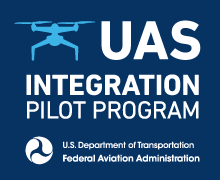
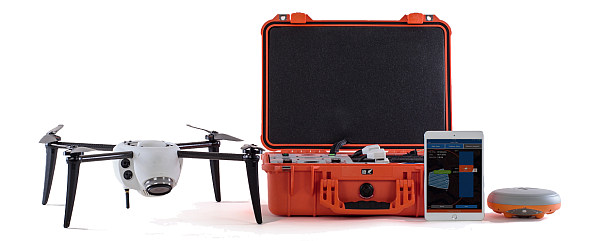
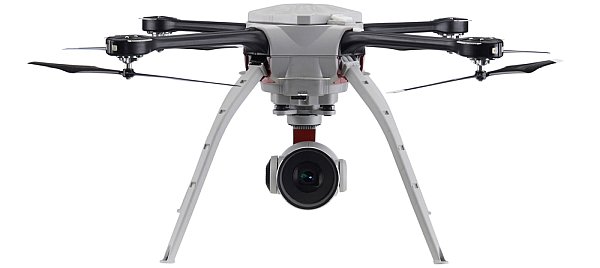
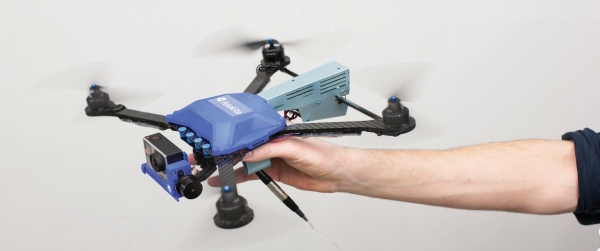
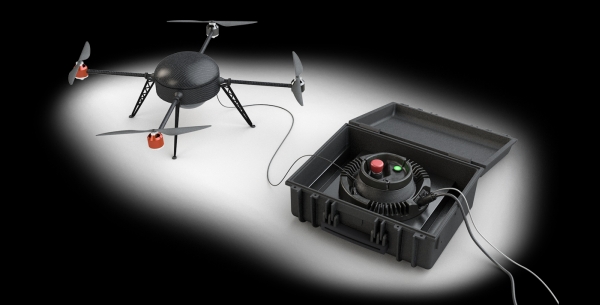
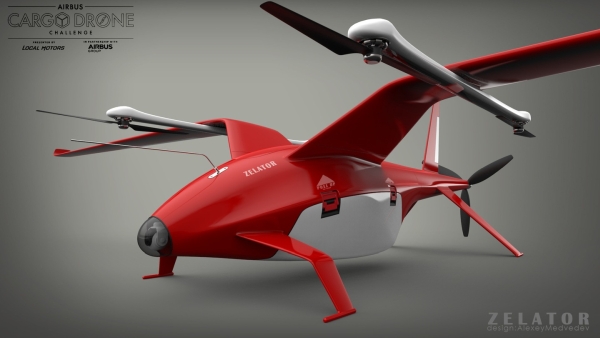

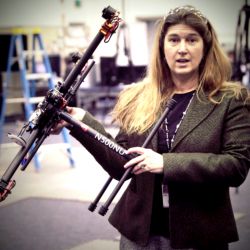 Dr. Danette Allen is the NASA Senior Technologist for
Dr. Danette Allen is the NASA Senior Technologist for 